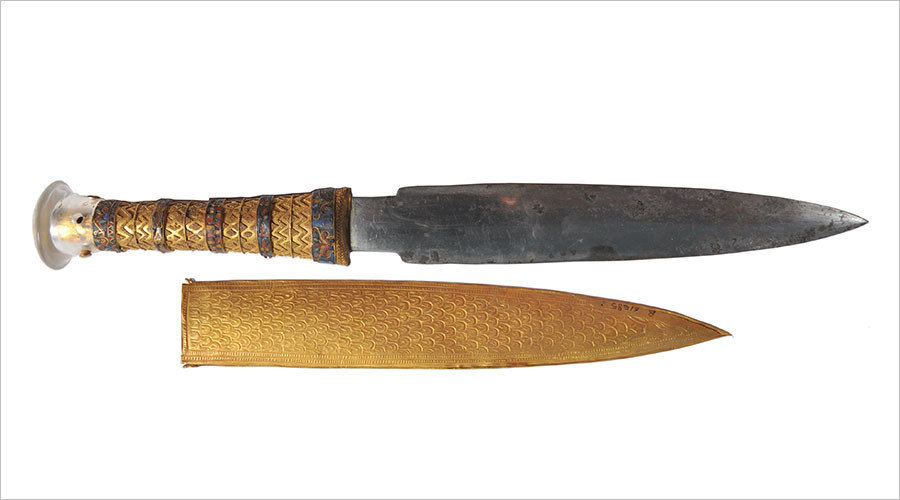
ISIS has nothing on the Dutch. Indonesian men had to undress before they were interrogated (and executed). It is unclear who covered their genitals with straw. It could have been the photographer who may have worked for the Dutch army
The problem with the past sometimes, is that it isn't past at all, as the Dutch have been forced to face up to recently. For the Dutch, the history of the mid- 20
th century was quite simple until very recently: a freedom loving people (the Dutch) were attacked by an aggressive neighbor (Germany) and suffered for five years until, with the help of some friends, they were liberated. Conveniently forgotten was that, following this episode,
the Dutch state mobilized the largest army in its history and fought a war against the Indonesian independence movement. The Dutch lost the conflict, and in December 1949 their former colony, the Dutch East Indies, gained independence. During the following decades this tropical misadventure formed an almost blank page in the nation's history. But that, it seems, is changing. Events during the past year have forced the Dutch nation to reconsider the myth that for over a half century has formed their collective memory. Especially in the past couple of months, history has become front page news.
The Dutch had ruled most of Indonesia for 350 years, but found themselves prisoners of the Japanese from 1942 to 1945. With the defeat of Japan, Indonesian nationalists declared independence. The Dutch tried, with great difficulty, to reassert their control of the archipelago. After over four years of bitter conflict The Netherlands was forced to concede independence to Indonesia in December 1949.
By the end of the war numerous cases of military excesses had come to the attention of the Dutch public.
Massacres by Dutch Special Forces on the island of South Celebes (present day Sulawesi) had been the subject of parliamentary debate.
A massacre in the village Rawagede had been the subject of debate at the United Nations Security Council in 1948. Such incidents gradually led a minority of the Dutch press to turn against the war. In February 1949 leftist
De Groene Amsterdammer published a letter from an unidentified officer. He wrote that Dutch officers:


Comment: See also: Archaeologists: Sublime technique makes Syrian mosaics one of the greatest in the world